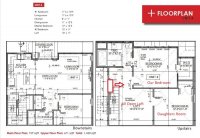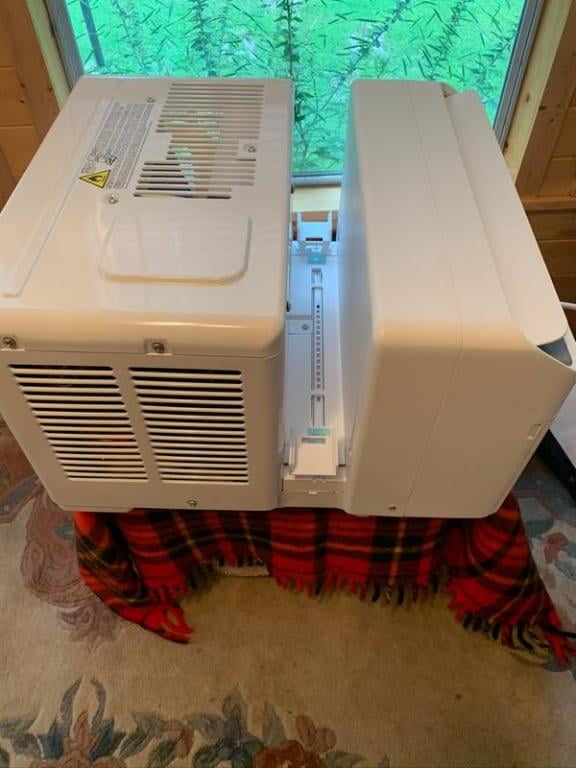xman111
New Member
Hey guys, great forum, hoping i can get a litte advice.
I live in Vancouver, Canada in a 3 year old 1430 square foot 1/2 duplex with floor heating (no ducts). Our portable air conditioner isn't cutting it anymore and we are looking into getting a mini split.
We were really mainly concerned about cooling our room but with pricing in Vancouver, $7500 for a single head seemed very expensive to just do one room. We were thinking about doing a single head above the stairs to try to do the whole floor, then $7500 doesn't seem so bad. It would be nice because our daughters room and our loft (which is currently the dog pen) would also get cooling. I am worried about spending the money only to find out that we were still hot in our room at night and the loft is ice cold. We just had a 45 degree heat wave and it was about 33 degrees upstairs in our house without using our air conditioner.
Our neighbour just got a Daikin 18,000 BTU single unit and placed it upstairs and they told me that it gets uncomfortably cold upstairs and perfect for downstairs. That being said, i don't know them that well and haven't been inside their place. It is a little different layout than ours as well.
The quote i got was $7400 CDN - $300 Lennox rebate, for a 18000 BTU Lennox mini split with 12 year parts warranty and 5 years labour warranty from a very well respected local company.
 I attached a pic of our layout, wondering if anyone had the time to comment on it.
I attached a pic of our layout, wondering if anyone had the time to comment on it.
I live in Vancouver, Canada in a 3 year old 1430 square foot 1/2 duplex with floor heating (no ducts). Our portable air conditioner isn't cutting it anymore and we are looking into getting a mini split.
We were really mainly concerned about cooling our room but with pricing in Vancouver, $7500 for a single head seemed very expensive to just do one room. We were thinking about doing a single head above the stairs to try to do the whole floor, then $7500 doesn't seem so bad. It would be nice because our daughters room and our loft (which is currently the dog pen) would also get cooling. I am worried about spending the money only to find out that we were still hot in our room at night and the loft is ice cold. We just had a 45 degree heat wave and it was about 33 degrees upstairs in our house without using our air conditioner.
Our neighbour just got a Daikin 18,000 BTU single unit and placed it upstairs and they told me that it gets uncomfortably cold upstairs and perfect for downstairs. That being said, i don't know them that well and haven't been inside their place. It is a little different layout than ours as well.
The quote i got was $7400 CDN - $300 Lennox rebate, for a 18000 BTU Lennox mini split with 12 year parts warranty and 5 years labour warranty from a very well respected local company.
Attachments
Last edited:



